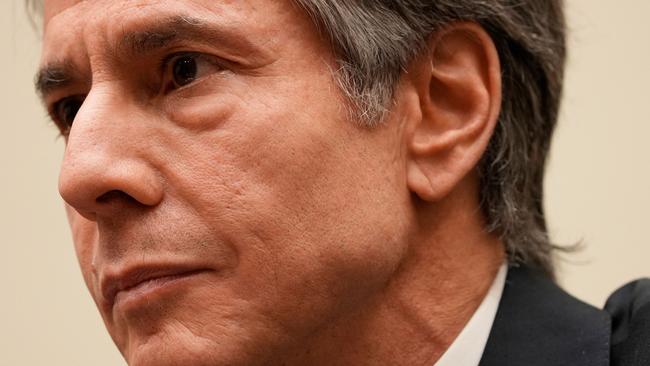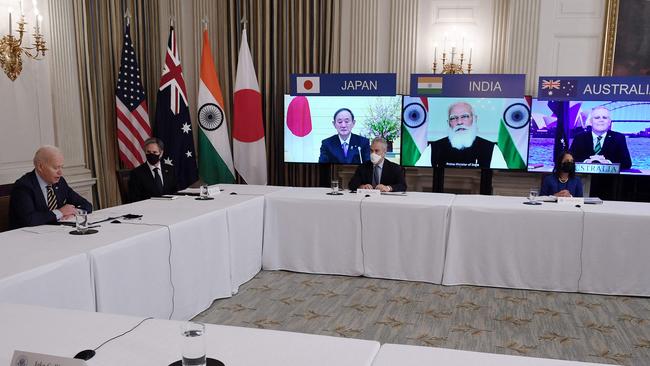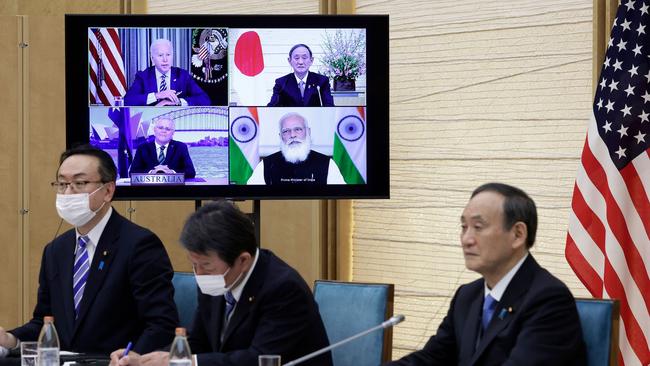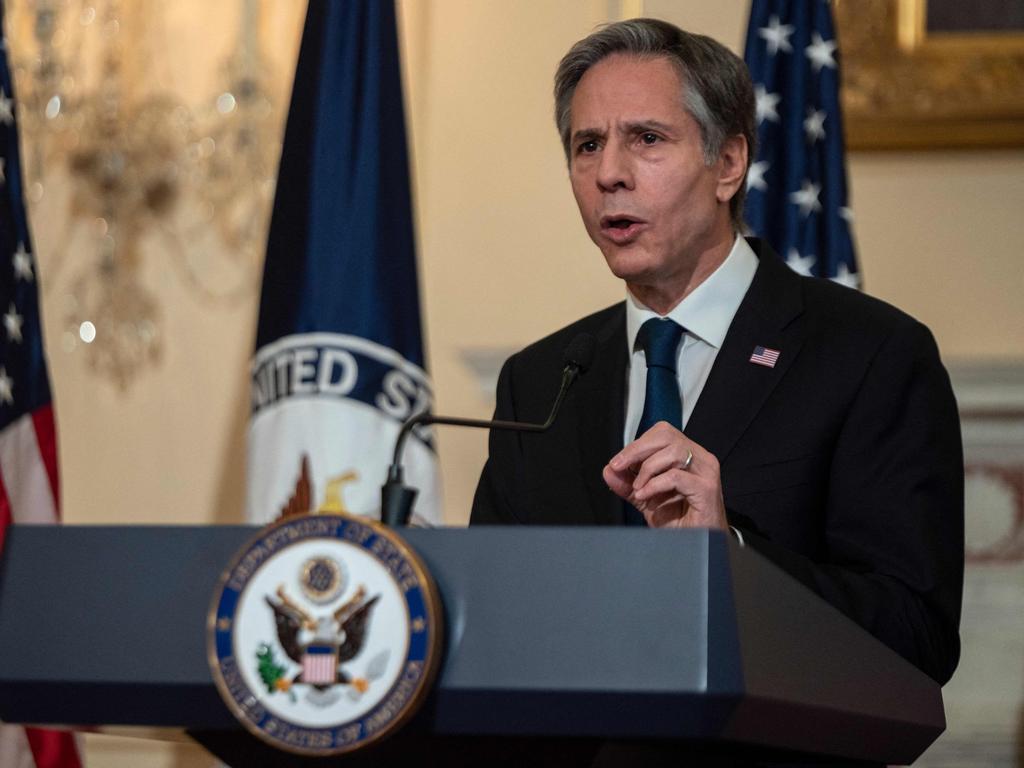Why the US won’t leave the Indo-Pacific

This is only the start. Secretary of State Antony Blinken and Defense Secretary Lloyd Austin are in Tokyo this week to meet their Japanese counterparts and prepare the ground for Prime Minister Yoshihide Suga’s expected visit to Washington in April. Messrs. Blinken and Austin will continue their Asian journey to Seoul. After the Korea visit, Mr. Austin will proceed to India, while Mr. Blinken will join national security adviser Jake Sullivan in Alaska for a bilateral U.S.-China meeting. Among other topics, Messrs. Blinken and Sullivan are expected to raise questions about China’s use of trade pressure against American allies like Australia.
Adm. Philip Davidson, commander of U.S. forces in the Indo-Pacific, told the Senate Armed Services Committee last week that a military showdown between Taiwan and mainland China could come “in the next six years.” At nearly the same time, Gen. Xu Qiliang, China’s senior military leader, warned the National People’s Congress that China faces a “Thucydides trap” and needs to step up its military spending and preparedness. (The phrase refers to the ancient Greek historian’s belief that Sparta’s fear of rising Athenian power led to the Peloponnesian War.) Satellite imagery showing major expansions of Chinese military facilities near Taiwan, Vietnam, India and the South China Sea suggests that Gen. Xu’s advice is already being heeded.
Assessing the nature and depth of America’s commitment to the Indo-Pacific is a life and death question for countries wondering whether to accommodate or resist China’s determination to project greater influence over neighboring states. Here a more recent historian than Thucydides can be a useful guide. In his 2017 book “By More Than Providence,” Michael Green demonstrates that the current elevation of the Indo-Pacific to the central focus of U.S. policy is no fad. American interest and presence in the region, Mr. Green argues, has been a constant—and constantly growing—force in U.S. foreign policy from the earliest years of the republic.Mr. Green identifies historic American interests in the region as commercial, security and values-based. These are sometimes in tension—as when U.S. missionaries helped organize Chinese protests against opium-selling American merchants in the 1840s—but overall they have shaped a steadily deepening engagement.In the early 19th century, hundreds of U.S. whalers and trading vessels visited every corner of the Pacific. From the moment the 1803 Louisiana Purchase gave America a western coastline, questions of security began to shape American diplomacy toward the Indo-Pacific. By 1842, when President John Tyler expanded the Monroe Doctrine to include the Sandwich Islands (now Hawaii), the idea that U.S. domestic security required a favorable balance of power in Asia was widely accepted among Washington policy makers. Long before China emerged as a potential challenger to the regional power balance, the U.S. had built coalitions in the region against the U.K., Japan and the Soviet Union.

The Pacific was also the primary focus of the American missionary movement, the largest, longest-lived and most consequential foreign policy intervention by civil society in U.S. history. Missionaries preached more than the gospel, though the large and rapidly growing Christian presence across much of Asia today testifies in part to their success at that task. Funded by grass-roots contributions from believers across the country, they also promoted education for women, introduced modern medicine and agricultural techniques, built colleges, and began the tradition of inviting Asian students to continue their education in America.
The picture wasn’t always a beautiful one. Racist attitudes and the U.S. colonial venture in the Philippines left a complicated and sometimes bitter legacy. But if Americans haven’t always been noble or wise in their Pacific policies, they have always been engaged.

That is unlikely to change today. The region is more central to U.S. prosperity and security than ever. Seeking a balanced and secure regional order—without war traps, Thucydidean or otherwise—is a challenging task. America and its allies are sure to make some mistakes.
But if allies sometimes doubt U.S. wisdom, the American commitment to the region is so deeply grounded in history and the structure of U.S. interests that walking away from the region is the one thing Washington is least likely to do.
The Wall Street Journal







The diplomatic tempo in the Indo-Pacific is picking up. On Friday the “Quad,” an informal but increasingly formidable four-power grouping consisting of Japan, India, Australia and America, held its first (virtual) leaders’ summit and issued a joint communiqué promising enhanced cooperation on issues ranging from vaccination diplomacy to climate change.